Seychelles
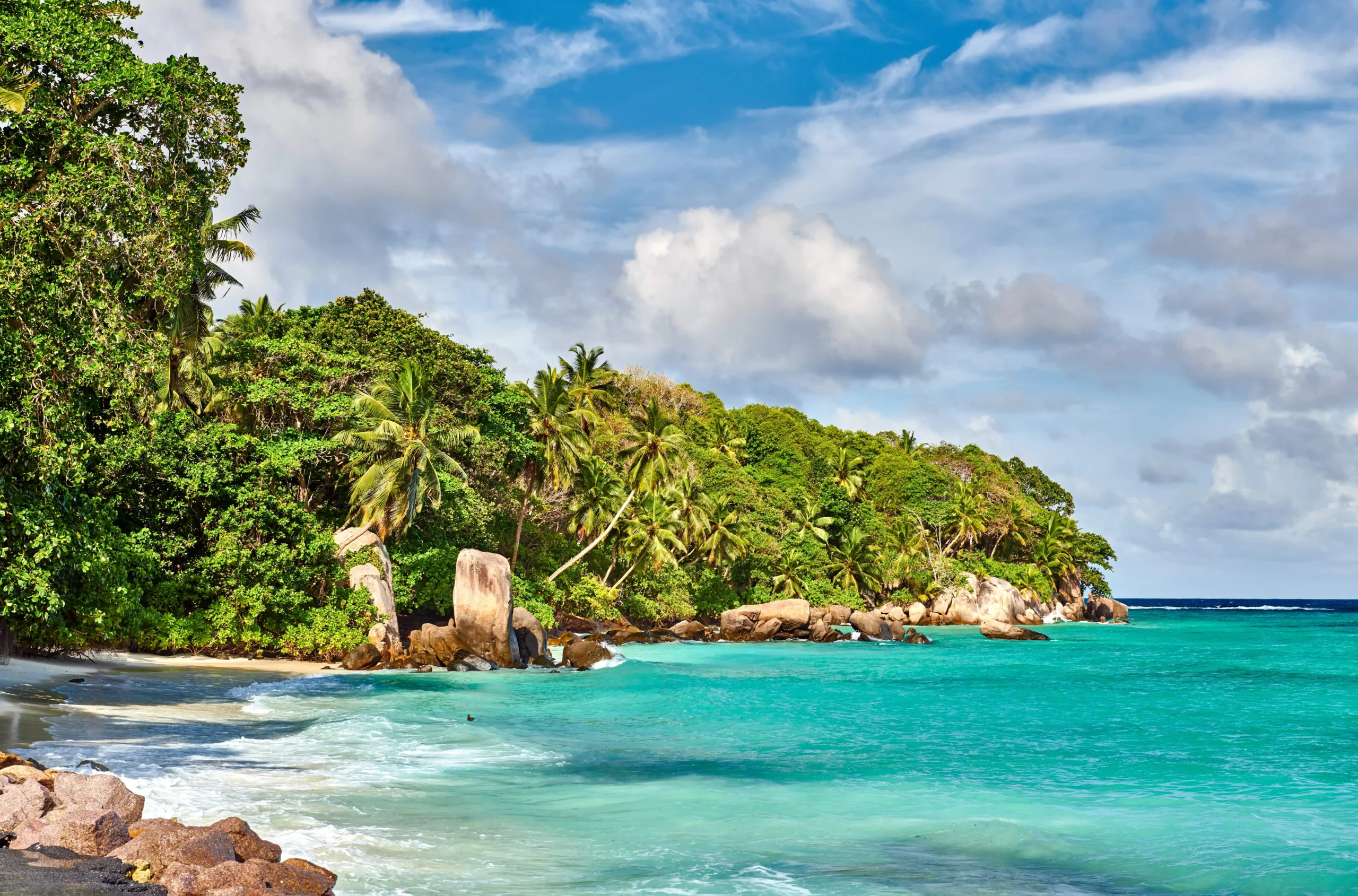

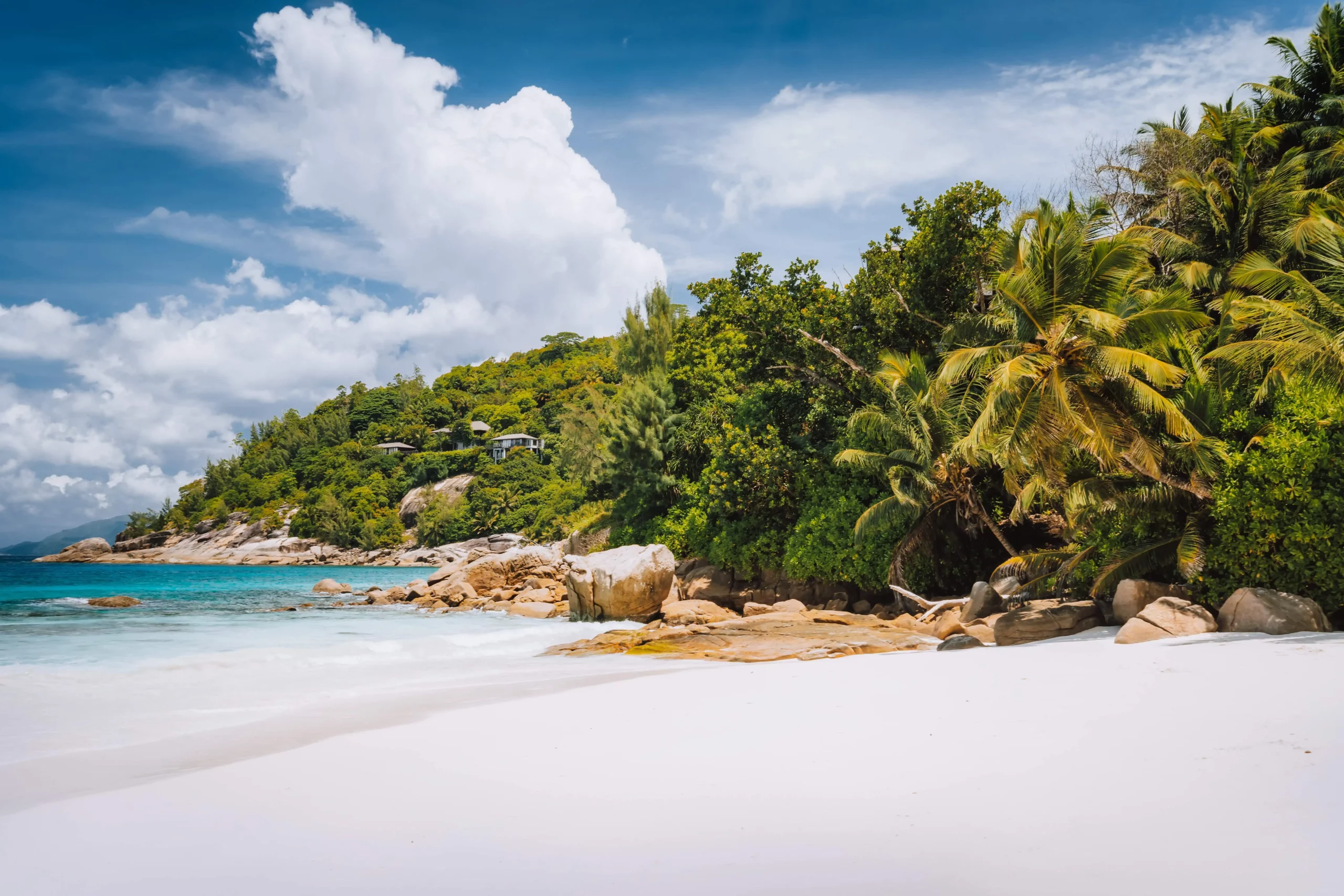
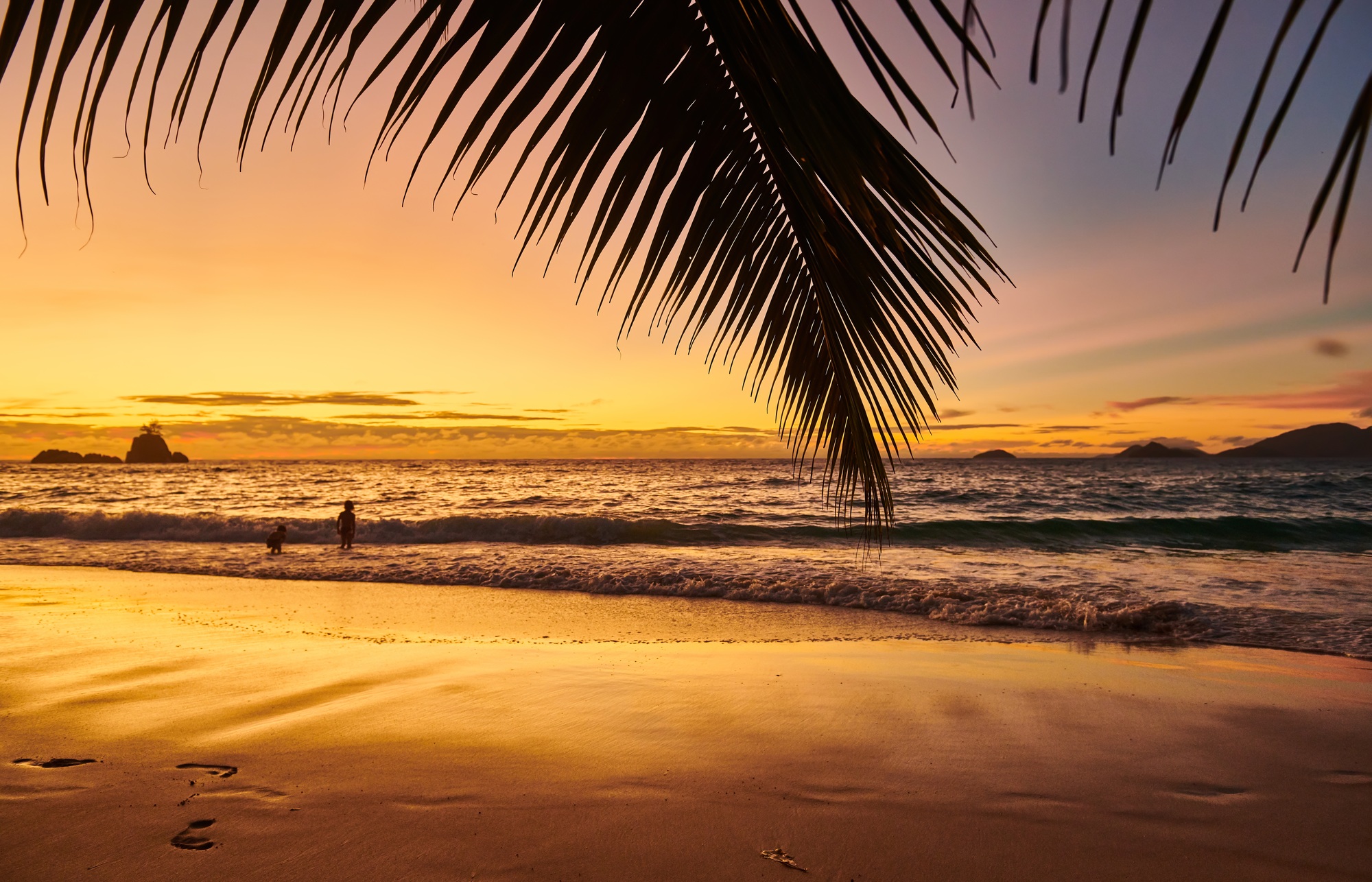

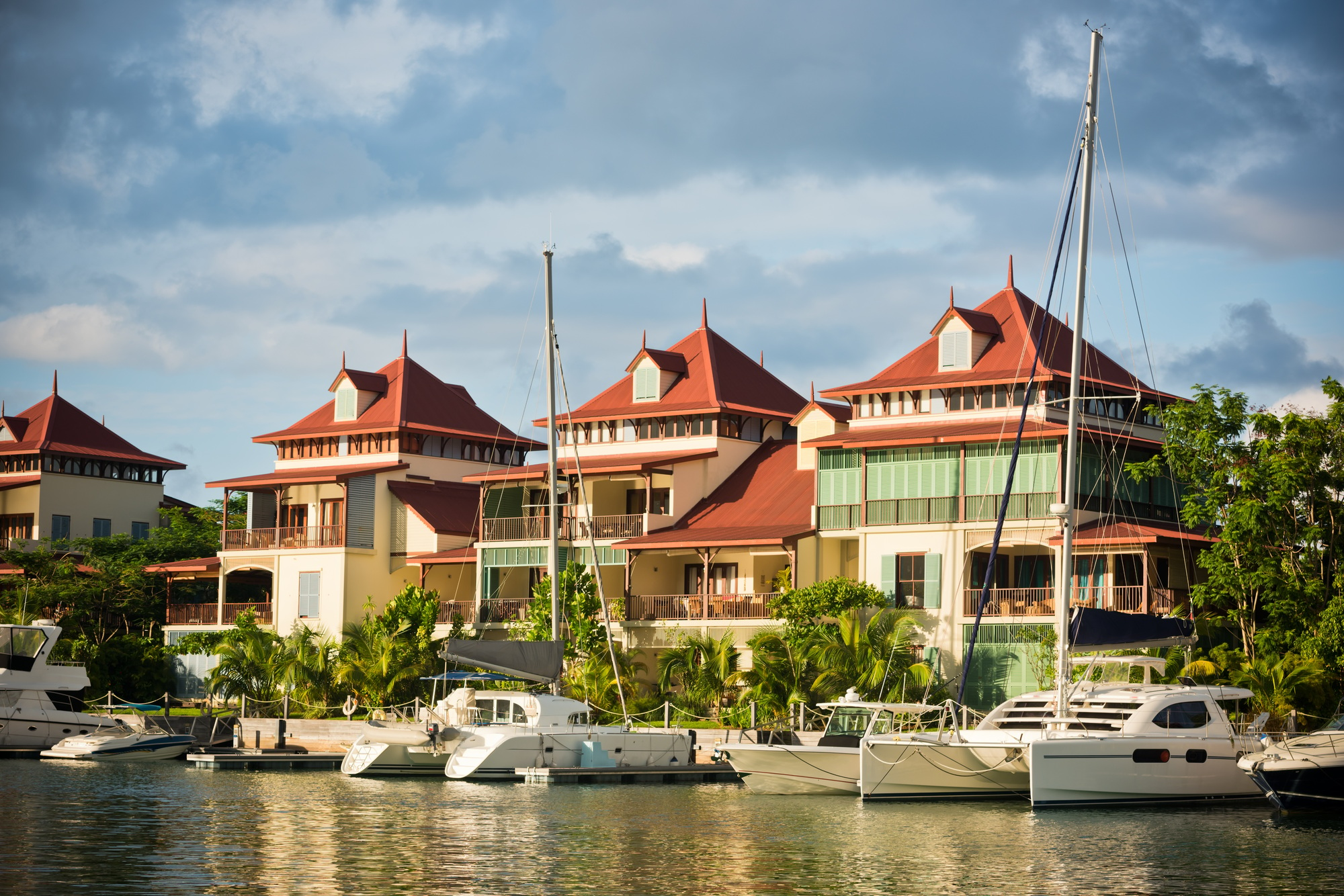
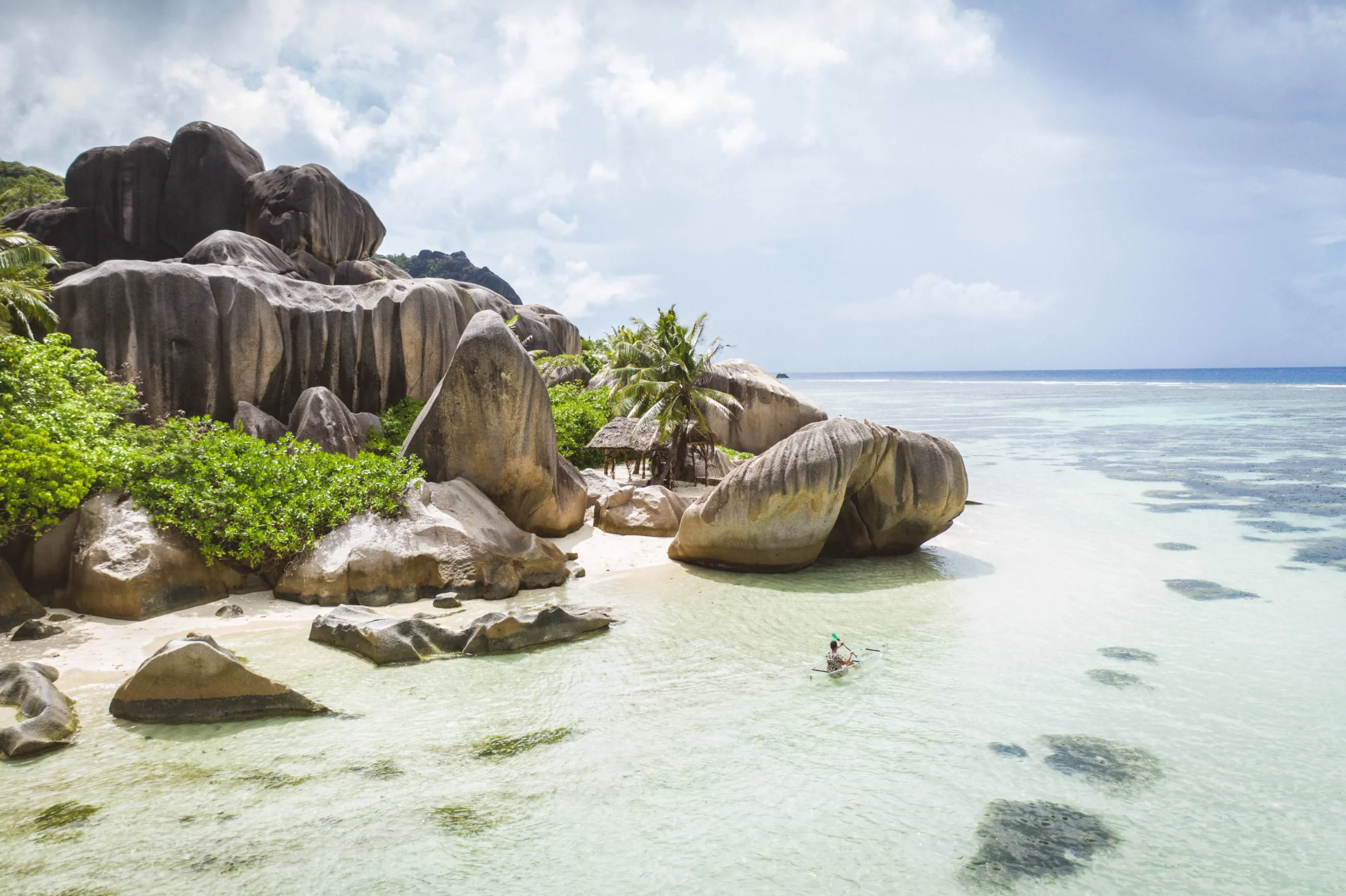
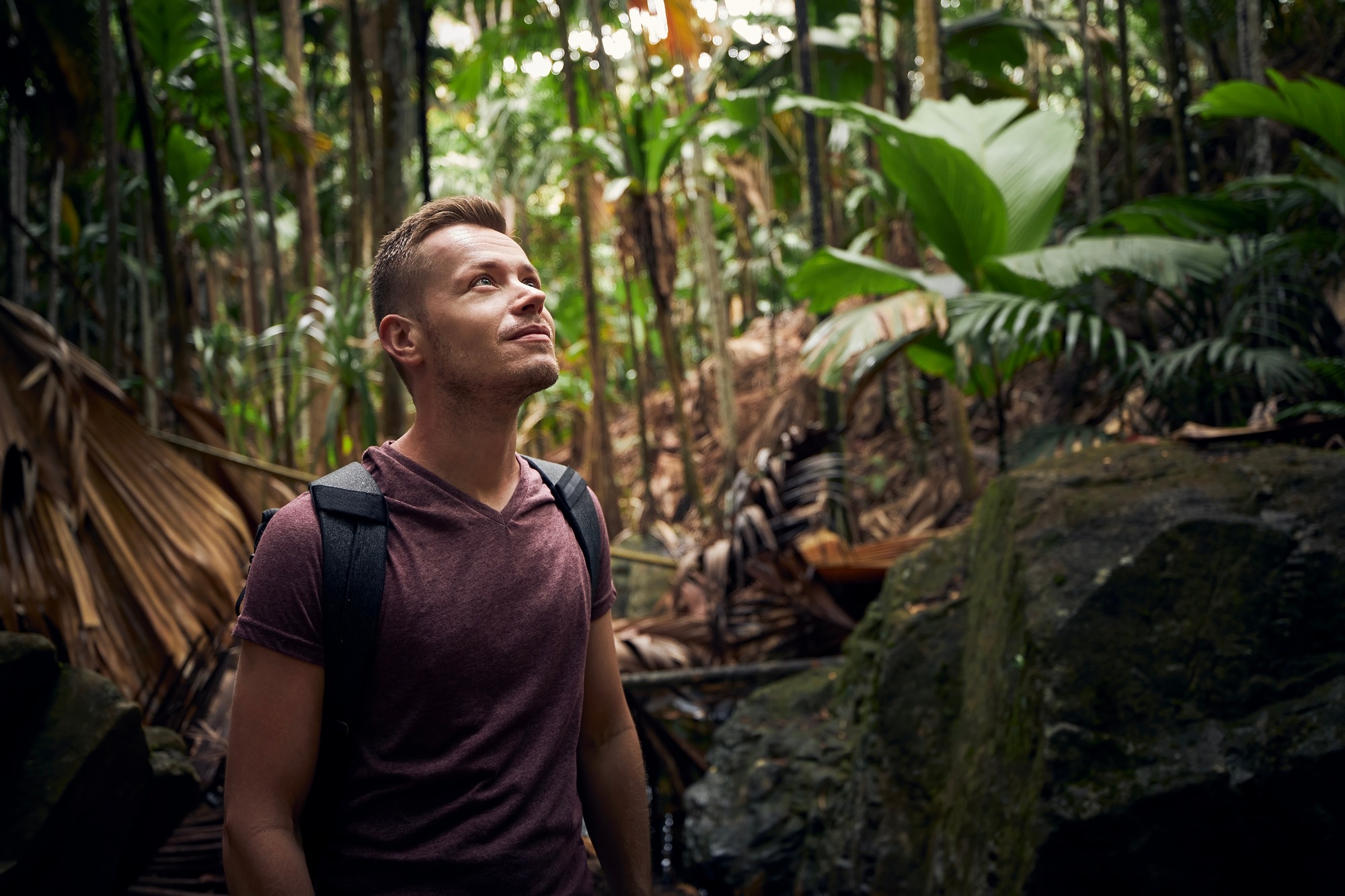
A sanctuary of Creole spirit and endless ocean horizons.
Seychelles is a private island dream come to life — where granite shorelines meet Indian Ocean brilliance. Navigate this intimate archipelago aboard a private yacht or helicopter, hopping between lush islets and secret coves. Unwind in villas that open onto powder‑white sand, dive with turtles among coral gardens, and dine on freshly caught seafood beneath starlit skies. Whether you’re nurturing romance in a secluded spa, hiking to panoramic viewpoints on Mahé, or drifting through marine sanctuaries, Seychelles delivers an elevated, barefoot escape that is as serene as it is sumptuous.
Highlights
- Private island bliss on Desroches or Félicité
- Swim with turtles & manta rays in azure waters
- Sip champagne on a luxury sunset cruise
- Enjoy world-class villas with absolute privacy
When to go
April – December
Best for diving
September - March
Whale Sharks & Turtles hatching
Where to go
Places that tell a deeper story.
For those who dare to explore.
Ker & Downey® Africa reveals the heart of each country through its most iconic and undiscovered places. From legendary landmarks to hidden gems, each journey connects you to the landscapes, cultures, and stories that shape a nation.
Desroches Island
Desroches is a private paradise of turquoise channels and long sandy beaches. Stay in luxurious beachfront villas, snorkel pristine reefs teeming with rays, and embrace both active and restful days in utter seclusion.
Félicité Island
Félicité offers dramatic granite boulder landscapes and sophisticated villa sanctuaries. Arrive by helicopter, toast sunset over the ocean, explore untouched beaches, and indulge in wellness rituals under the stars.
Denis Island
Denis is a coral atoll retreat where barefoot bliss meets conservation. Here, giant tortoises roam freely, reef life vibrates just offshore, and every villa is a gateway to sea turtle nesting and island solitude.
Curated Packages
Signature journeys across Seychelles
Our expert team crafts journeys that transcend luxury. Each itinerary is shaped by the spirit of the land and the wisdom of its people — opening doors to experiences few can imagine, and even fewer will ever access.
Year Round
|
11 DAYS
Adventure and Exploration in the Seychelles
From
per person
June – October
|
18 DAYS
Tanzania and Seychelles Luxury Safari
From
per person
Year Round
|
11 DAYS
Luxury Seychelles Honeymoon and Couples Vacation
From
per person
Experiences
Experiences off the beaten track.
Crafted for the bold + discerning.
Accommodation
Exclusive stays across Seychelles
Ker & Downey® Africa handpicks exclusive luxury properties, from private villas to remote lodges, each selected for their sense of place, refined design, and meaningful connection to the land and its people. The below pricing range reflects starting prices per person sharing per night, varying by season and destination.
Cheval Blanc
Waldorf Astoria
Mango House
Four Seasons Seychelles
Six Senses Zil Pasyon
Take a seat beside the campfire, where untold stories rise with the smoke, legends live in the land, and luxury is part of the wild.
What our
Travelers say
Travelers say
South africa honeymoon
"Thank you for the best honeymoon we could’ve imagined! We spent 5 nights on safari at luxury lodges, followed by 3 nights in Cape Town, and ended our journey on a stunning private nature reserve. Everything ran seamlessly, and the team stayed in touch with us throughout. Words can’t describe how incredible the experience was."
Ilicia Manzi, New York, USA
south africa safari
"As a travel journalist who’s stayed at hundreds of hotels and worked with countless guides, I can confidently say Ker & Downey® Africa stands out. From handpicking exceptional properties to being available before 8am on a Saturday, their attention to detail and high-touch service made my South African journey seamless. I wouldn’t plan another trip to Africa without them."
Katie Jackson, New York, USA
FAQ
Everything you need to know about Seychelles
Our team of seasoned specialists share everything you need to know, from essential travel tips to thoughtful insights that ensure a seamless journey from start to finish.
Capital
Victoria (on Mahé)
Currency
Seychellois Rupee (SCR)
Language
English, French, Seychellois Creole
Time difference
UTC+4
/01
Best time to go?
+/02
When is the high season?
+/03
When is the low season?
+/04
Why choose Seychelles?
+/05
How much does a journey cost?
+/06
What experiences await?
+/07
Popular highlights in Seychelles?
+/08
What villa amenities can I expect?
+Africa Travel Journal
An insider’s guide to the heart of Africa
Explore our expert travel journals, packed with bold adventures, rare experiences, and smart travel intel to inspire your next journey across this richly storied continent.
Insights
Spring Safari 2025 Packages
Fireside Chats
Conquering Kili & the Climb for Conservation
Accommodation
The Little Black Book of Honeymoons in Africa
Insights
10 Reasons To Visit South Africa
Insights
Safari Calendar 2026
AN INSIDER’S GUIDE
The heart of Africa
Sign up to receive curated journeys, expert safari intel, and first-hand access to Africa’s most exclusive travel experiences.











